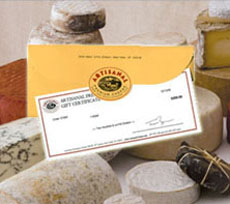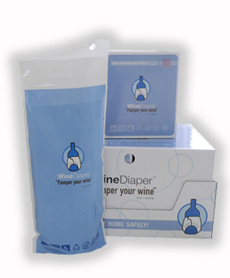|
Do you need your arm twisted to eat more shrimp? We don’t—yet, except for special occasions, we don’t think to cook it.
Major health organizations suggest that Americans eat seafood at least twice a week, which would add up to approximately 39 pounds per person yearly. But the average American eats just 16 pounds of fish and shellfish annually.
Meanwhile, we chow down on an average of more than 110 pounds of red meat and 70 pounds of poultry. To “beef down” your red meat meals and beef up your seafood intake, here are some tips from The Shrimp Council:
• It is less expensive to buy shrimp in the shell and peel and devein it yourself. It’s easy to do with a shrimp deveiner tool.
• If you’re grilling shrimp, buy shrimp in the shell to help lock in the moisture.
• Frozen shrimp is more affordable than fresh shrimp, and works just as well in many dishes (barbecue shrimp, curry, fried shrimp [try beer batter and coconut batter], pasta, scampi, seafood stew, shrimp salad, skewers, soup, stir-frys and much more).
|
|

Shrimp is a welcome way to enjoy the
government-recommended two seafood
servings a week. Photo courtesy FireAndFlavor.com. |
|
• Shrimp are properly cooked when their color turns from brownish-gray to the famililar orangey-pink and the meat becomes opaque. But don’t overcook it: Shrimp should have just a slight curl. When they curl tightly inwards, the flesh becomes rubbery.
For tastiest results using frozen shrimp:
1. Thaw the shrimp in the refrigerator one full day before you plan to cook them. Place the container in the refrigerator on a low shelf. (NOTE: Keep all raw foods on the lowest shelf and cooked foods on higher shelves to prevent any contamination from raw juices dripping onto cooked food.)
2. Let shrimp defrost slowly for about 24 hours in a container covered lightly with plastic wrap, then remove any liquid that has collected in the packaging or the container. Use within one day.
3. Quick Thawing Technique: If you can closely monitor the shrimp, place it in a leak-proof plastic bag (if it is not in one already.) Submerge the shrimp in cold tap water and change the water every 30 minutes until it has defrosted. Do not try to hasten the process with warm water or hot water because the shrimp will begin to cook. Cook immediately after thawing.
NIBBLE TIP: Save the shrimp shells and use them in other recipes. Details.
|




